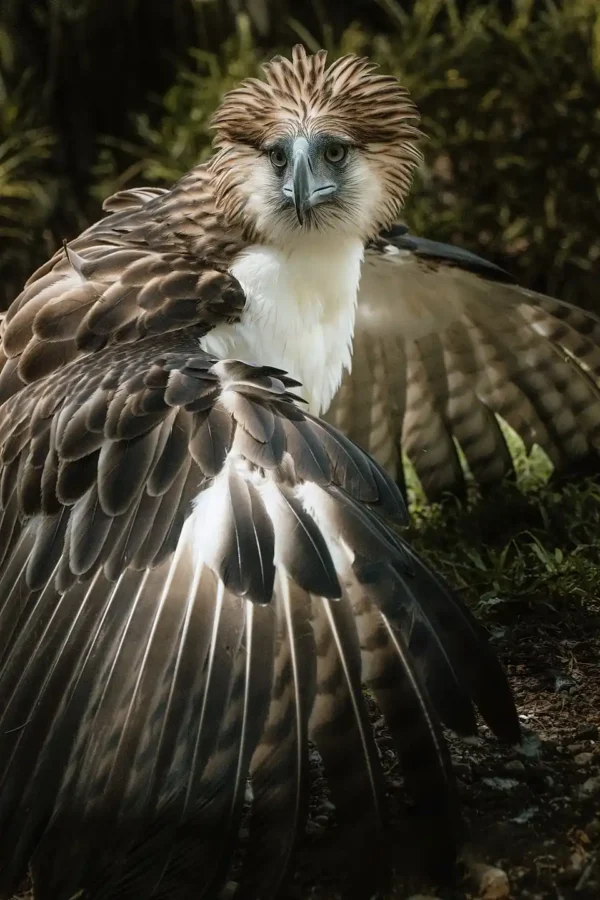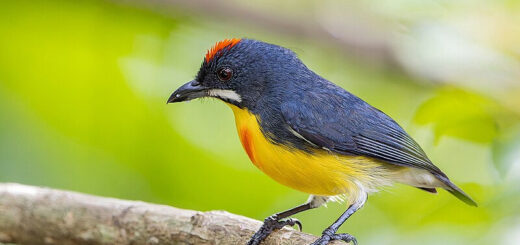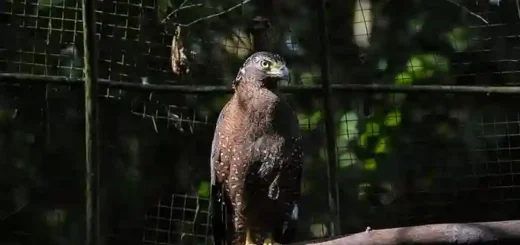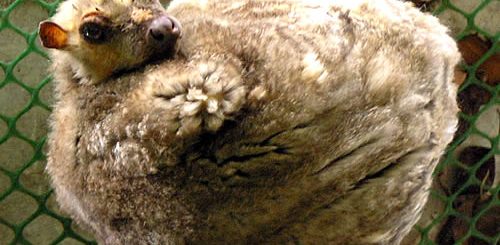Birds of Prey in the Philippines – Lords of the Sky

The Philippines, an archipelago rich in biodiversity, is home to a remarkable array of wildlife—none more majestic than its birds of prey. Often referred to as “raptors,” these birds command the skies with keen eyesight, powerful talons, and a crucial role in maintaining ecological balance. From the lush forests of Mindanao to the rugged cliffs of Luzon, the nation’s raptors are not only apex predators but also symbols of wilderness, power, and resilience.
Meet the Raptors: Philippine Birds of Prey
Birds of prey in the Philippines come in many forms: eagles, hawks, falcons, and owls. Among these, some are endemic—found nowhere else on Earth—and several are under threat due to habitat loss and human encroachment.
Philippine Eagle (Pithecophaga jefferyi)
No conversation about Filipino wildlife is complete without mentioning the Philippine Eagle, also known locally as Haribon or “king of birds.” Standing over three feet tall with a wingspan of up to seven feet, this critically endangered eagle is one of the largest and most powerful raptors in the world. Native to the forests of Luzon, Leyte, Samar, and Mindanao, it feeds on monkeys, flying lemurs, and snakes. Deforestation and hunting have drastically reduced its numbers, making conservation efforts critical. Read more.
Lawin – Philippine Hawk-Eagle (Nisaetus philippensis)
A close cousin of the Philippine Eagle, the Philippine Hawk-Eagle is smaller but equally fierce. With striking crest feathers and keen hunting instincts, it resides in primary and secondary forests across several islands. Though not as well-known, it is also endangered, requiring immediate habitat protection.Read more.
Philippine Serpent Eagle (Spilornis holospilus)
Found primarily in lowland forests, the Philippine Serpent Eagle specializes in hunting reptiles, particularly snakes. Its high-pitched call and distinctive barred plumage make it a familiar sound in many forested regions.Read more.
Philippine Eagle Owl (Bubo philippensis/Ketupa philippensis)
With a wingspan reaching up to 48 inches (122 cm) and standing at 15 to 20 inches tall, the Philippine Eagle Owl is a commanding presence in the forest canopy. Its rich brown plumage, heavily streaked breast, and piercing yellow-orange eyes give it a regal yet intimidating appearance—perfectly suited for a top predator that rules the night. Read more.
Philippine Falconet (Microhierax erythrogenys)
The Philippine falconet is a small species of falcon native to the Philippines. It is one of the smallest birds of prey in the world, measuring only about 16–18 cm (6–7 inches) in length and weighing around 35–50 grams. It belongs to the family Falconidae and is notable for its diminutive size, sharp hunting skills, and striking appearance. Read more.
Why They Matter: Ecological and Cultural Significance
Raptors play a vital role in ecosystems by controlling populations of rodents, snakes, and other animals. Their presence is often a sign of a healthy, functioning environment. Culturally, many Filipino tribes regard eagles and hawks as sacred creatures, linking them to warrior spirits or ancestral guardians.
Challenges and Conservation
Sadly, many birds of prey in the Philippines face grave threats:
Habitat Loss: Rapid deforestation, mining, and urban sprawl have decimated the natural habitats these birds rely on.
Hunting and Poaching: Despite legal protections, raptors are still hunted for sport or captured for illegal pet trade.
Climate Change: Altered weather patterns disrupt migratory routes and food availability.
Organizations like the Philippine Eagle Foundation and Haribon Foundation are leading efforts to rehabilitate, breed, and release endangered birds back into the wild. Protected areas, community education, and stronger law enforcement are also key to their survival.
What You Can Do
- Support Conservation Groups: Donate to or volunteer with organizations working to protect raptors.
- Spread Awareness: Educate others about the importance of birds of prey in Philippine ecosystems.
- Be a Responsible Tourist: Avoid disturbing nesting sites or feeding wild birds.
The Birds of Prey in the Philippines are more than just Predators
They are living emblems of the nation’s natural wealth and resilience. Protecting them means protecting the forests, rivers, and skies they rule. As stewards of these incredible islands, it is our shared duty to ensure that the cries of the eagle and the silhouette of the hawk continue to grace our skies for generations to come.










